FOHO Blog – Global Housing & Living Guide for Foreigners
Who Actually Gets Korea’s 2025 Recovery Coupon? (Even Some Foreigners Do)
Learn who is eligible for Korea’s 2025 민생회복지원금 (Recovery Coupon), including detailed guidelines for foreign residents by visa type.
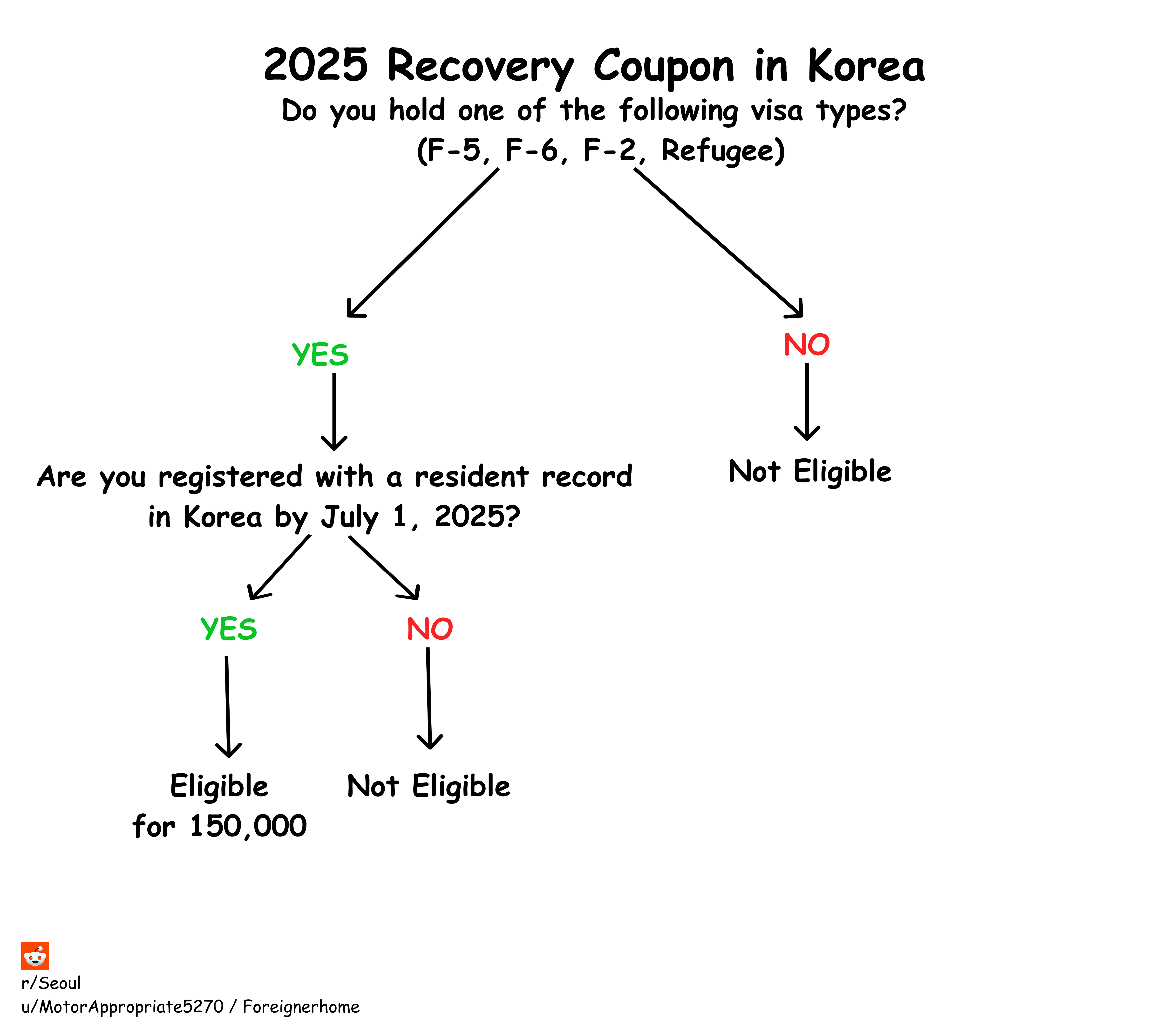
Table of contents
Who Actually Gets Korea’s 2025 Recovery Coupon? (Even Some Foreigners Do)

- Universal Coverage: The first phase covers all residents of Korea (with some exceptions noted below) with ₩150,000 per person minimum, scaling up to higher amounts (max ~₩450,000 in the first round) based on income level and region. A second phase will provide additional support to lower-income households (up to a total of ~₩550,000 for the neediest, when combined).
- Funding & Purpose: Approximately ₩13.2 trillion is budgeted for these coupons. The goal is to stimulate local economies by increasing consumer spending, similar to previous COVID-19 relief payments. The support is issued as “coupons” or credits rather than cash, usable at local businesses.
Distribution Methods and Usage

- How to Apply: You can apply online via credit/debit card issuers’ websites or apps (to load the coupon as a card credit), or through local government payment apps for regional digital gift cards. If online access is difficult, you can apply in person starting July 21 at affiliated bank branches or your local 읍/면/동 주민센터 (community service center) to receive a pre-paid card or paper voucher. (For seniors or disabled persons, a “visiting application” service is available.) Note that in the first week (July 21–25), a staggered schedule by birth year is used – you may only apply on a certain weekday depending on the last digit of your birth year.
- Receiving the Coupon: If you apply via a credit/debit card, the coupon amount is credited to your card by the next day. If you choose a prepaid card or local paper coupon, you will receive it on the spot at the community center. Each adult must apply for their own coupon (minors’ benefits can be claimed by their household head).
- Usage Restrictions: The coupons must be spent by November 30, 2025, after which any unused balance expires. They can only be used in the region where you reside (your registered city/province) to support local businesses. Coupons are not valid at department stores, large chain supermarkets, online malls, or adult entertainment venues. They are intended for small local merchants (generally stores with annual revenue under ₩3 billion). For example, you can use them at traditional markets, local supermarkets, convenience stores, restaurants, etc. (In practice, the coupon is often provided as a prepaid card or card credit that automatically rejects restricted merchants.) Note: If ordering via delivery apps, you can use the coupon only by selecting pay-on-delivery and using the card in person upon delivery (this way the payment goes through a local store’s card reader).
Eligibility Criteria
Korean Citizens (Main Recipients)

Foreign Residents – Eligibility and Conditions
Visa Type | Eligible? | Notes |
F-5 (Permanent Resident) | ✅ Yes | Must have ARC + enrolled in NHIS or Medical Aid |
F-6 (Marriage Immigrant) | ✅ Yes | Same as above, even if not cohabiting with Korean spouse |
F-2-4 (Refugee Status) | ✅ Yes | Only this F-2 type is clearly eligible |
F-4 (Overseas Korean) | ❌ No | Excluded unless registered under Korean citizen household |
E-series (e.g., E-2, E-7) | ❌ No | Not eligible unless married to Korean and re-registered |
D-2 (Student) | ❌ No | Short-term; not covered even with NHIS |
H-1, H-2 (Working Visas) | ❌ No | Excluded unless special family status |
Other F-2s (e.g., F-2-7) | ❌ No | Not explicitly included |
Tourist / B Visa | ❌ No | Not eligible |
Undocumented migrants | ❌ No | Not eligible |
- Foreigners in Korean Family Households: If a foreign national is listed on a Korean resident registration household that includes at least one Korean citizen, and the foreigner is enrolled in the National Health Insurance (NHIS) or Medical Aid as either a paying member or a dependent. In practice, this covers foreign spouses or family members of Korean citizens who live together in Korea. (Example: A foreign spouse of a Korean, or a foreign child/family member in a Korean household, with an Alien Registration Card and health insurance, will be included.)
- Certain Long-Term Visa Holders (Foreign-Only Households): Even if the household is composed only of foreigners, the following categories of foreign residents are eligible (provided they are enrolled in NHIS or the Medical Aid program):
- Permanent Residents (F-5 visa) – Foreign nationals with an F-5 (permanent residency) visa.
- Marriage Immigrants (F-6 visa) – Foreign spouses of Korean citizens who hold the F-6 visa. (Typically F-6 visa holders are already covered under the “Korean household” rule if living with their spouse, but this ensures even an F-6 holder not currently cohabiting with a Korean – e.g. in a foreign-only household – can get it.)
- Recognized Refugees (F-2-4 visa) – Individuals granted official refugee status in Korea (usually on an F-2-4 residence visa).
- F-5 (Permanent Resident): Yes – Eligible if you hold an F-5 ARC and are enrolled in national health insurance.
- F-6 (Spouse of Korean citizen): Yes – Eligible (F-6 visa holders are “결혼이민자,” included in the support). Ensure you have health insurance coverage (either your own or as a dependent).
- F-2-4 (Refugee): Yes – Eligible for recognized refugees with F-2-4 status, with health/medical insurance enrollment. (Note: Other types of F-2 visas – e.g. F-2-7 point-based residents or F-2 dependents – are not explicitly included unless you also qualify under a Korean household with insurance.)
- F-4 (Overseas Korean heritage visa): Not specifically included. F-4 holders are foreign nationals, so they are excluded unless they have a Korean family member in their home registration (which is uncommon). Simply holding an F-4 (재외동포) visa does not qualify by itself under the current rules.
- E-1 ~ E-7 work visas (incl. E-2 English Teacher visa): No, not eligible – Most expatriates on work visas are not covered by this program. Unless such an individual also happens to be in a household registry with a Korean (for example, through marriage – in which case they would likely have changed to F-6 visa), they do not meet the criteria.
- D-2 (Student visa) and other D-series visas: No – International students and other short-term residents are not eligible, barring the unlikely scenario that they are part of a Korean citizen’s household and on Korean health insurance.
- H-1 (Working Holiday) & H-2 (Work Visit) visas: No – These temporary visa holders are not included in the support program. Working Holiday visa holders, for instance, are short-term residents and not part of the covered categories. (H-2 visa holders, who are usually ethnic Korean foreign workers, are also not included unless they qualify via marriage to a Korean or by obtaining permanent residency.)
- Other Categories: Tourists or short-term visitors (B-visa) are not eligible. Undocumented migrants are also not eligible. Essentially, if you do not fall into one of the exception categories above, you will not receive the coupon. The government’s stance is that the program’s purpose is to support the Korean populace; only 358,000± foreign residents who are deeply integrated into Korean society (through family or long-term status) are covered as a special consideration.
Documentation & Application for Foreigners
Category | Amount (₩) | Notes |
Base Amount (all eligible adults) | ₩150,000 | Everyone gets this |
Basic Livelihood Recipients | ₩400,000 | Low-income tier 1 |
Near-poverty, Single Parents etc. | ₩300,000 | Low-income tier 2 |
Bonus: Non-metropolitan Region | ₩30,000 extra | Outside 수도권 |
Bonus: Rural County | ₩50,000 extra | Additional to above |
Max possible (phase 1) | ₩450,000 total | If all bonuses apply |
Expected 2nd round (autumn) | +₩100,000 approx. | For most below top 10% |
Summary of Key Points for Foreigners
- Foreign nationals can receive the 2025 recovery coupons, but only under strict conditions. Generally, only those with F-5 Permanent Resident, F-6 Korean spouse, or official refugee status (F-2-4) are eligible – and they must be enrolled in Korea’s health insurance system. Additionally, any foreigner who is part of a Korean citizen’s registered household (e.g. a foreign spouse or family member) qualifies as long as they have health insurance coverage.
- Most other visa holders (E-series work visas, D-series students, H visas, etc.) are not included. Short-term residents, visitors, and undocumented individuals are excluded. The policy is not based on paying taxes per se, but on residency status and integration; for instance, even foreigners who pay local taxes (like the resident tax) do not qualify unless they meet the family or visa criteria.
- Amount and usage for foreigners: Eligible foreign residents receive the same amount a Korean would in the same situation (base ₩150k, with any applicable low-income or regional bonuses). They must apply to get the funds, and the coupons can be used under the same rules (until Nov 30, in local stores, etc.). There is no difference in the coupon’s use – once loaded onto a card or received as a voucher, it works like everyone else’s.
- Documentation: Have your ARC ready when applying. No additional documents are typically required beyond standard ID verification, since eligibility is determined behind the scenes. If applying offline at a 주민센터, staff may ask for your ARC and perhaps check that you’re on the health insurance list.
- Deadline: Don’t miss the application deadline (Sept 12, 2025). If you believe you’re eligible but couldn’t apply in time or faced issues, there may be an appeal process, but it’s safer to apply within the window. (Korean authorities did allow appeals for late-returning citizens; for foreigners, policies on appeals haven’t been highlighted, so assume the main window is your only chance.)
- English support: Look out for English announcements from your local government or the Ministry of the Interior. The Ministry of Interior and Safety (행정안전부) provided English instruction leaflets to local offices specifically for the ~358,000 foreign beneficiaries. You can likely find FAQ brochures at city halls or international centers.
Saving on Living Costs Starts with Smarter Housing Decisions
- South Korea Ministry of Interior press release / news via BNT News (July 2025) – “민생회복 소비쿠폰(민생회복지원금) 지급 계획”
- Yonhap News (July 20, 2025) – “난민 등 외국인도 소비쿠폰 신청…‘35만8천명 대상’” (coverage of foreign resident eligibility)
- Gwangju City Foreign Resident Guide – “민생회복 소비쿠폰 외국인 지급 대상자 안내” (Q&A on foreigner eligibility)
- Additional details from Korean press and government FAQs.
Settle in faster with FOHO
Browse more verified listings and message landlords in minutes. Lock in your lease with FOHO's secure payments.
Get Foreigner-Friendly Housing Tips
Get the latest news delivered to your inbox.
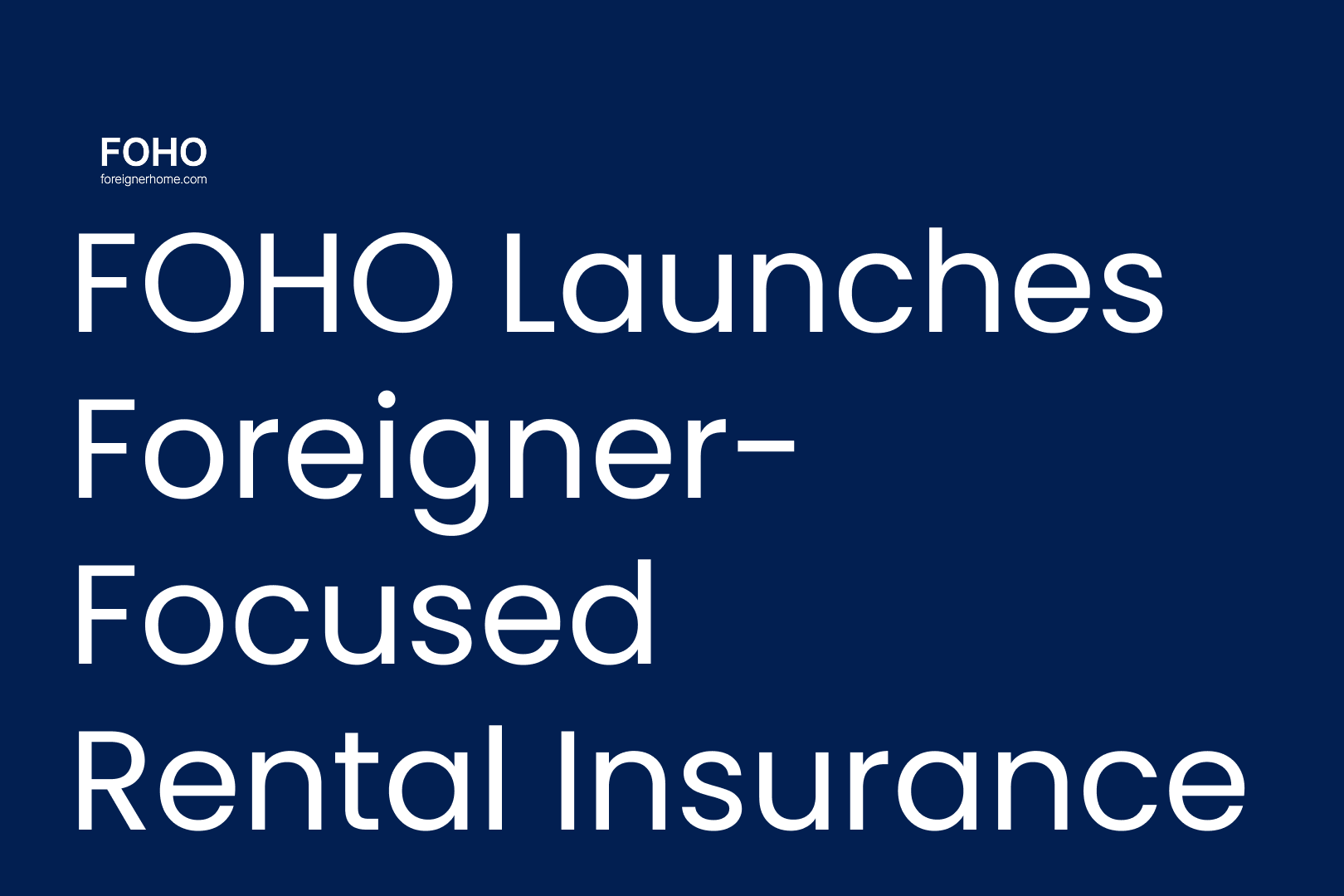
Nov 4, 2025
FOHO Launches Foreigner-Focused Rental Insurance
FOHO’s deposit insurance protects foreign tenants in Korea from landlord defaults. Stay safe with clear coverage and fast claims.
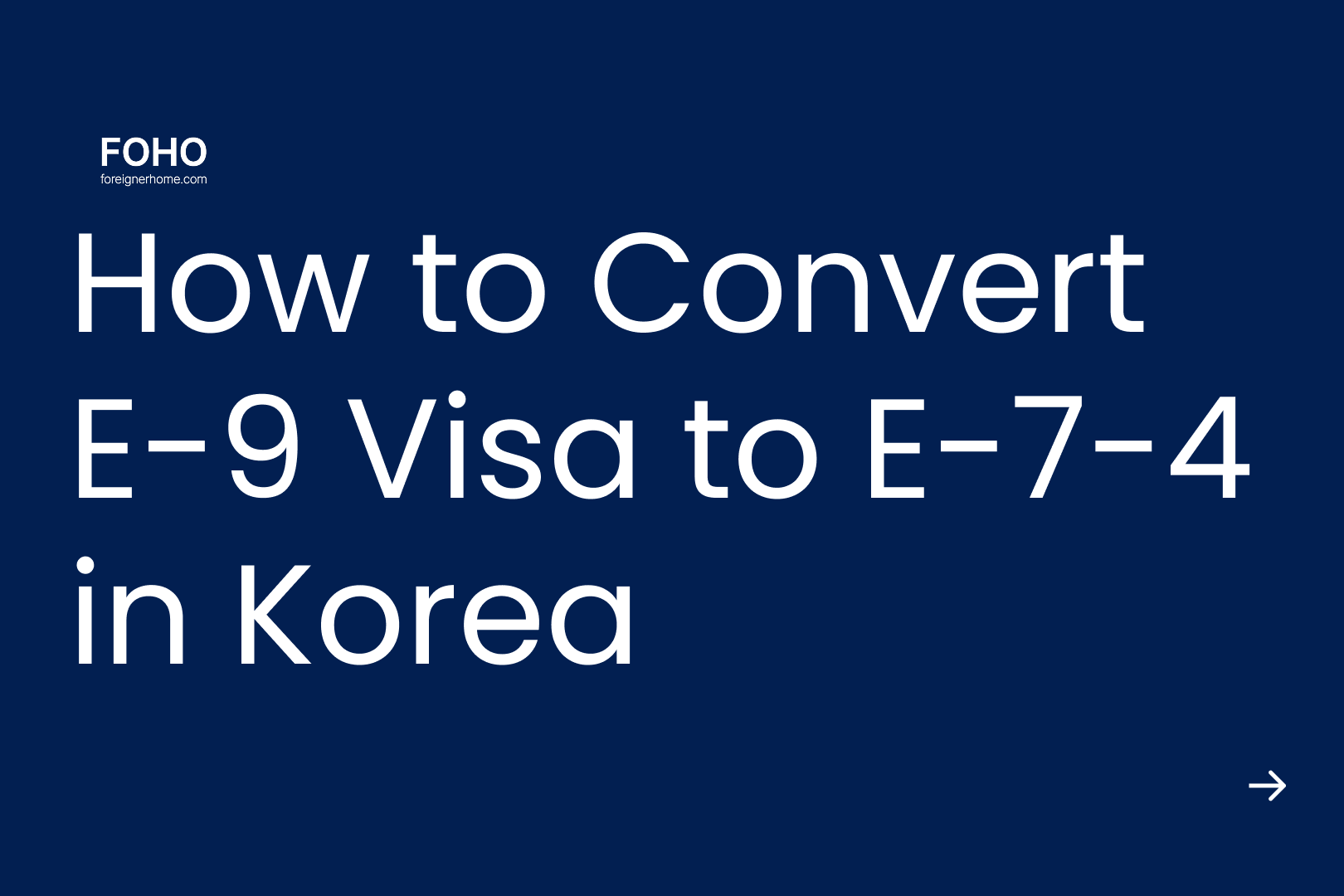
Oct 31, 2025
How to Convert E-9 Visa to E-7-4 in Korea
A guide for Vietnamese & Chinese E-9 workers in Korea. Learn the E-7-4 visa points system, F-2 requirements, and compare GME vs. Sentbe for remittance.
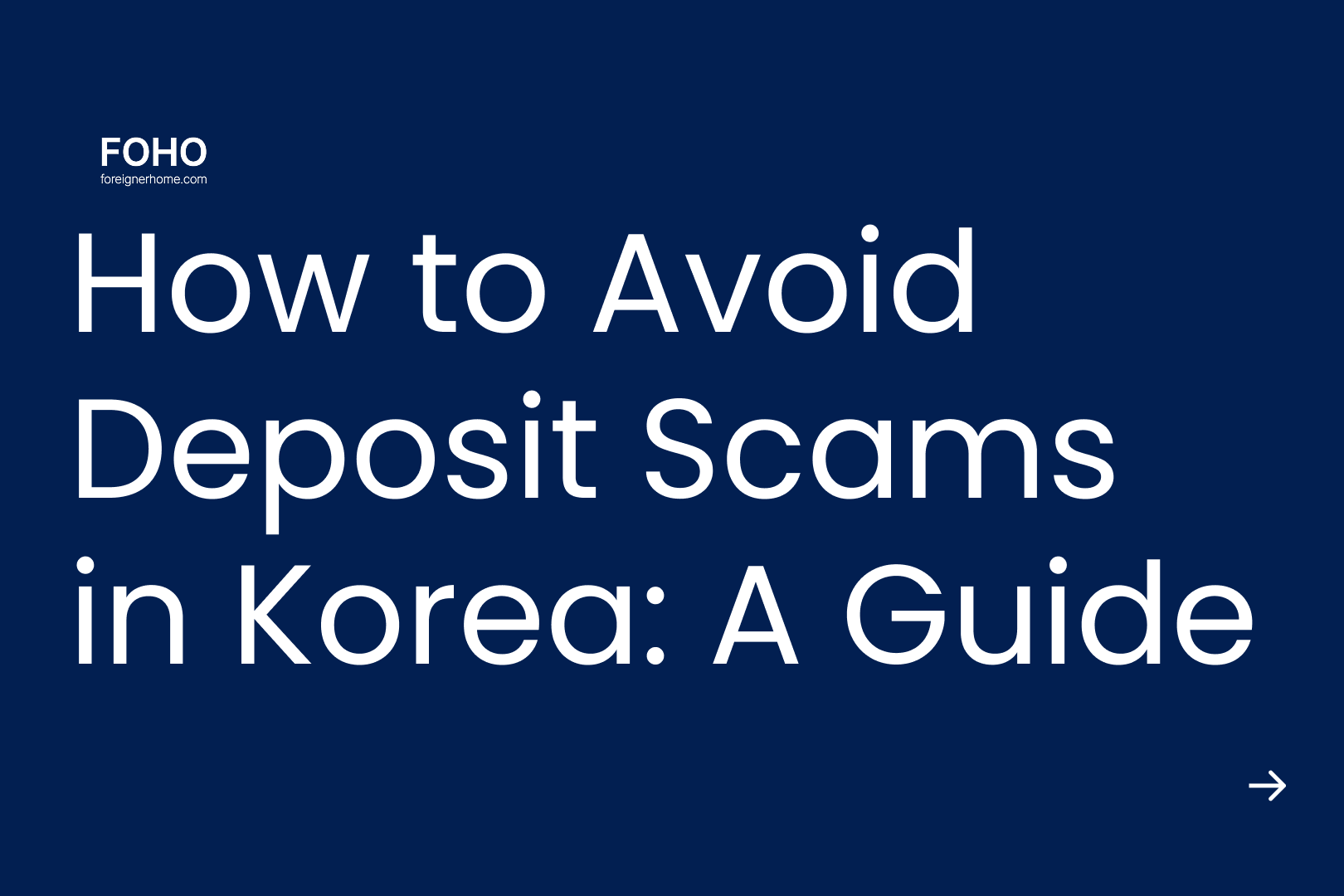
Oct 30, 2025
How to Avoid Deposit Scams in Korea: A Guide
Avoid deposit scams in Korea with our step-by-step guide. Learn to check property debt, understand the 'Deung-gibu,' and secure your deposit.
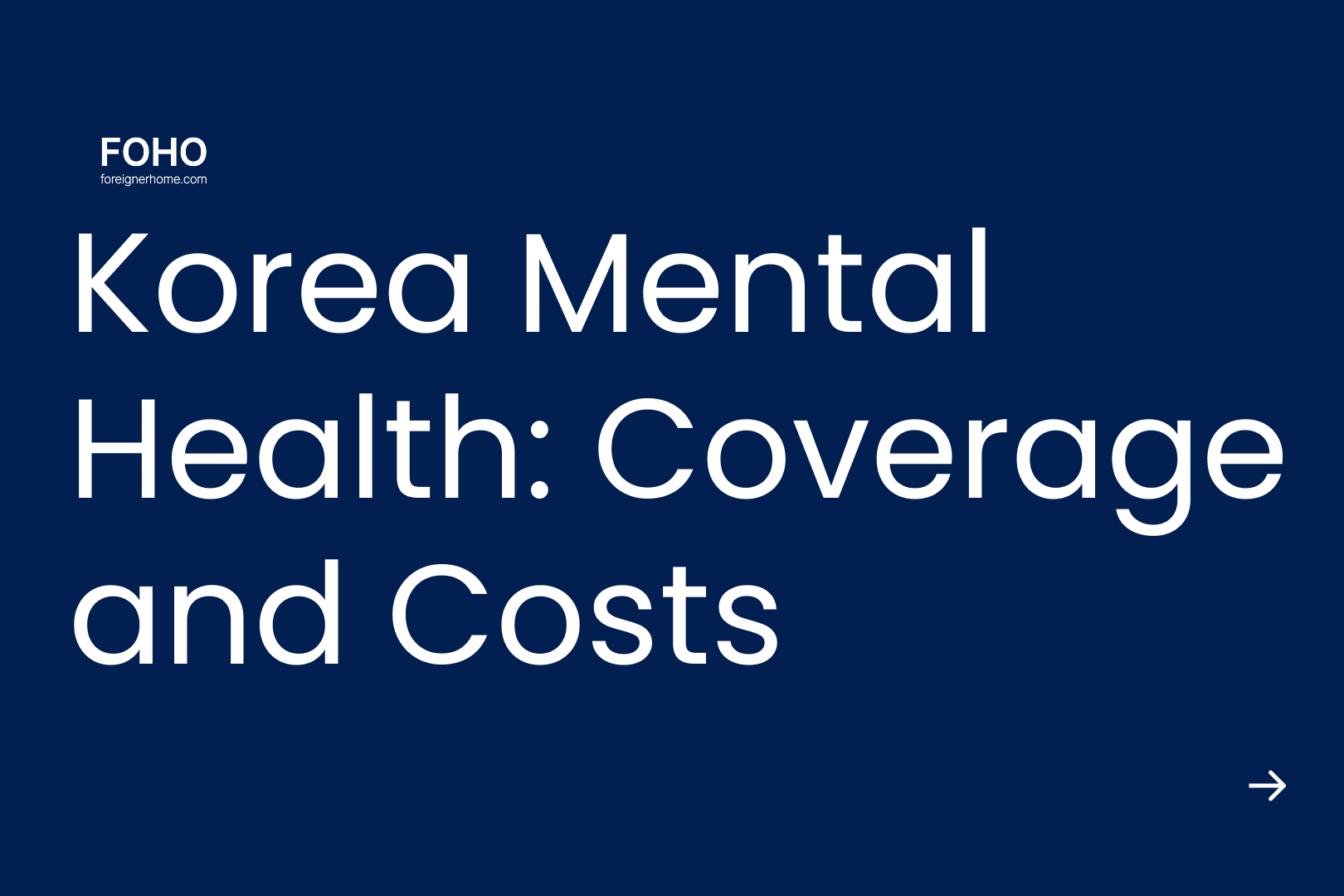
Oct 29, 2025
Korea Mental Health: NHIS Coverage and Costs
Get help with mental health in Korea. This guide for foreigners explains how to use NHIS, find low-cost options, and get medication prescriptions locally.
Subscribe to the FOHO newsletter
Actionable housing insights in your inbox.